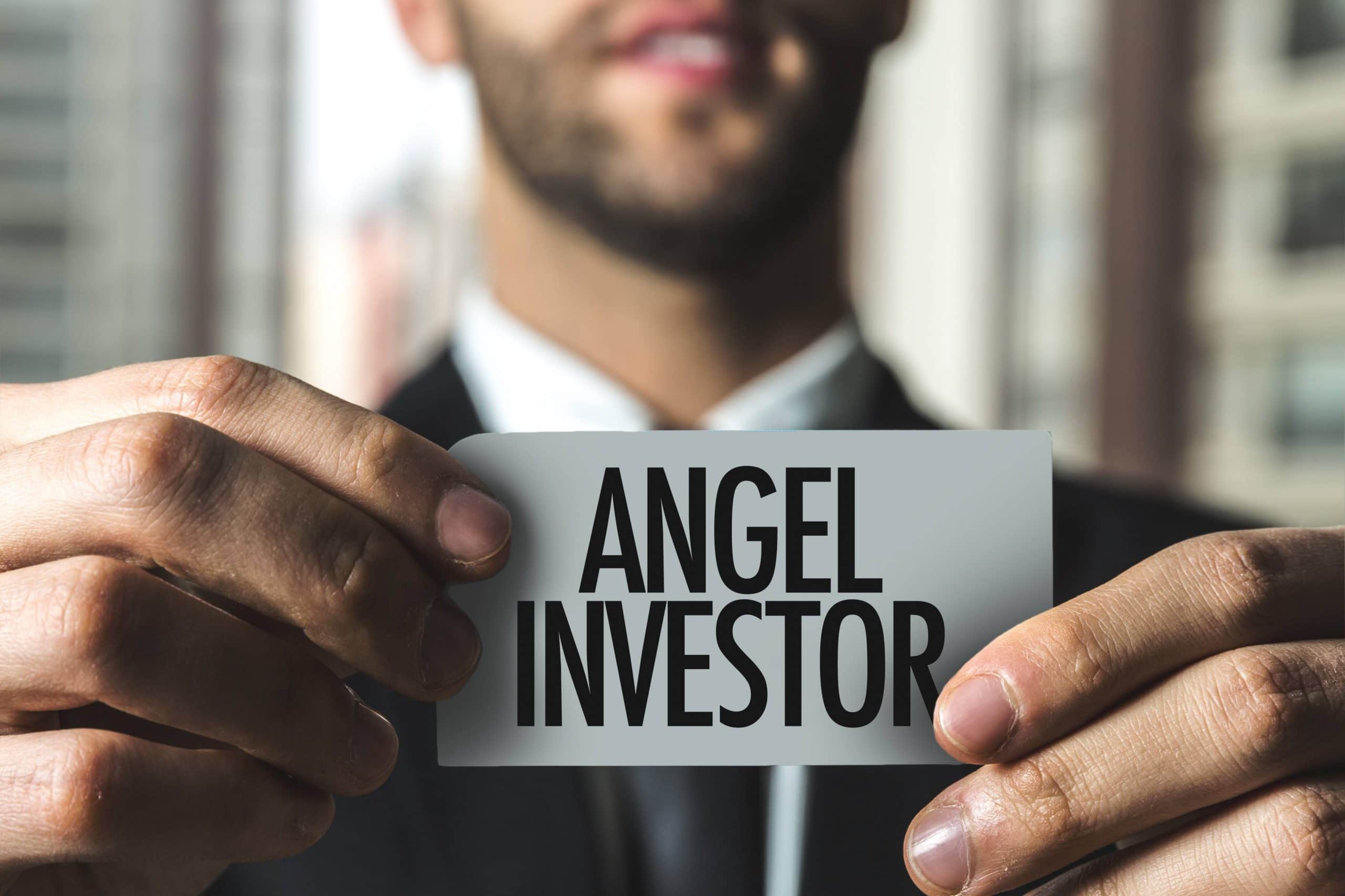
UK tech investment contributed a third of the total £89.5 billion that flowed into the European tech ecosystem in 2021, according to a press release published by the Department for Culture, Media and Sport.
Whilst investment is readily available, getting hold of it is another matter. Thousands of tech companies launch every year, so competition for investment is intense.
In this blog, we answer several of the most frequently asked questions, including:
- What is EIS?
- How can you use the government scheme to attract investors?
- How much can a business raise in EIS funding?
- What criteria must eligible companies satisfy?
- What is ‘advance assurance’ and how important is it?
- What types of investors are attracted by these investment opportunities?
What is EIS?
One of the main reasons that investment for start-ups is more readily available in the UK than in other European countries is because the government encourages investors with generous tax incentives such as EIS (Enterprise Investment Scheme) and its younger sibling SEIS (Seed Enterprise Investment Scheme). They understand that young and innovative companies need early-stage investment to help them grow.
These tax incentives are designed to encourage angel investors to invest in innovation by recognising the speculative nature of seed and early-stage investments and offering significant potential tax benefits to the investor.
So, if you want to make your company more attractive to investors, and maximise the chance of a successful fundraise, the business needs to be EIS eligible.
How much can a business raise in funding?
A maximum of £12 million per company can be raised in EIS funding during the company’s lifetime (but no more than £5 million in any 12-month period). Unless your company is considered a knowledge-intensive company or KIC, then a maximum of £20 million per company can be raised (with a maximum of £10m in any 12-month period). Please visit the Government website with this link to check if you are a KIC.
An investor, however, can only invest a maximum of £1 million in qualifying companies in each tax year or £2 million if the remaining funds are invested in ‘knowledge intensive’ investments.
For very early-stage companies seeking to raise up to £150,000, SEIS is a better option.
Related Article | How to use the Seed Enterprise Investment Scheme (SEIS)
What criteria must eligible companies satisfy?
For an investor to be able to claim EIS tax reliefs, the company they are investing in must meet the eligibility requirements and maintain their eligibility status for the three-year period following investment.
When the shares are issued, the company must:
- Have a permanent UK establishment
- Not have gross assets worth more than £15 million before any shares are issued, and not more than £16 million immediately afterwards.
- Have fewer than 250 ‘full-time equivalent’ employees.
- Not be trading on a recognised stock exchange and have no arrangements in place to become quoted on a recognised stock exchange.
At the time of the share issue AND for three years after the share issue, the company must:
- Be independent; not under the control of another company (or not have more than 50% of shares owned by another company).
- Conduct a qualifying trade.
Additionally, all money raised from the issue of EIS shares must be used to grow and develop the business and must not be used to make acquisitions of either another company’s shares, trade, or certain types of trading asset.
What is ‘advance assurance’ and how important is it?
You can ask HMRC if they agree that an investment would meet the conditions of EIS before you seek investment. This is called advance assurance. It can be used to assure potential investors that their proposed investment would qualify for the scheme, so it is an important step in the fundraising journey for EIS eligible companies.
However, it isn’t a quick process, and it’s easier with experienced support. Isosceles has successfully helped many businesses raise EIS compliant funding.
The advance assurance application will need to include:
- How much you hope to raise.
- The business plan and financial forecasts.
- A copy of the latest accounts if available.
- Details of all trading and activities to be carried out, and how much you expect to spend on each activity.
- A list of the amounts, dates, and venture capital schemes under which you’ve previously received any investments.
- An up-to-date copy of the Memorandum and Articles of Association and details of any changes you expect to make.
- A copy of the Register of Members from the date you apply for advance assurance.
- The latest draft of any documents you use to explain your proposal to potential investors.
- Details of any other agreements between the company and the shareholders or VCT.
- A signed letter from one of your directors or trustees if you’re allowing an agent to act on your behalf.
- A completed checklist for EIS.
- Any other documents to show you meet the qualifying conditions for the scheme.
What types of investors are attracted by these investment opportunities?
Usually, investors wishing to take advantage of EIS investment opportunities are individual investors. These may be people already known to you or, more commonly, you can find them through investor groups located around the country. Some common sources of investors are:
- Business Angel groups
- Crowdfunding, for example, Seedrs, Syndicate Room, Crowdcube, etc.
- Friends and family
Related Article | How to manage your investor
How can we help?
iFD and Isosceles Finance are part of the Dains group of companies. This blog has been written with input from a Dains EIS expert. If you think we can help, please use this link to contact us.
Follow us on LinkedIn and Twitter